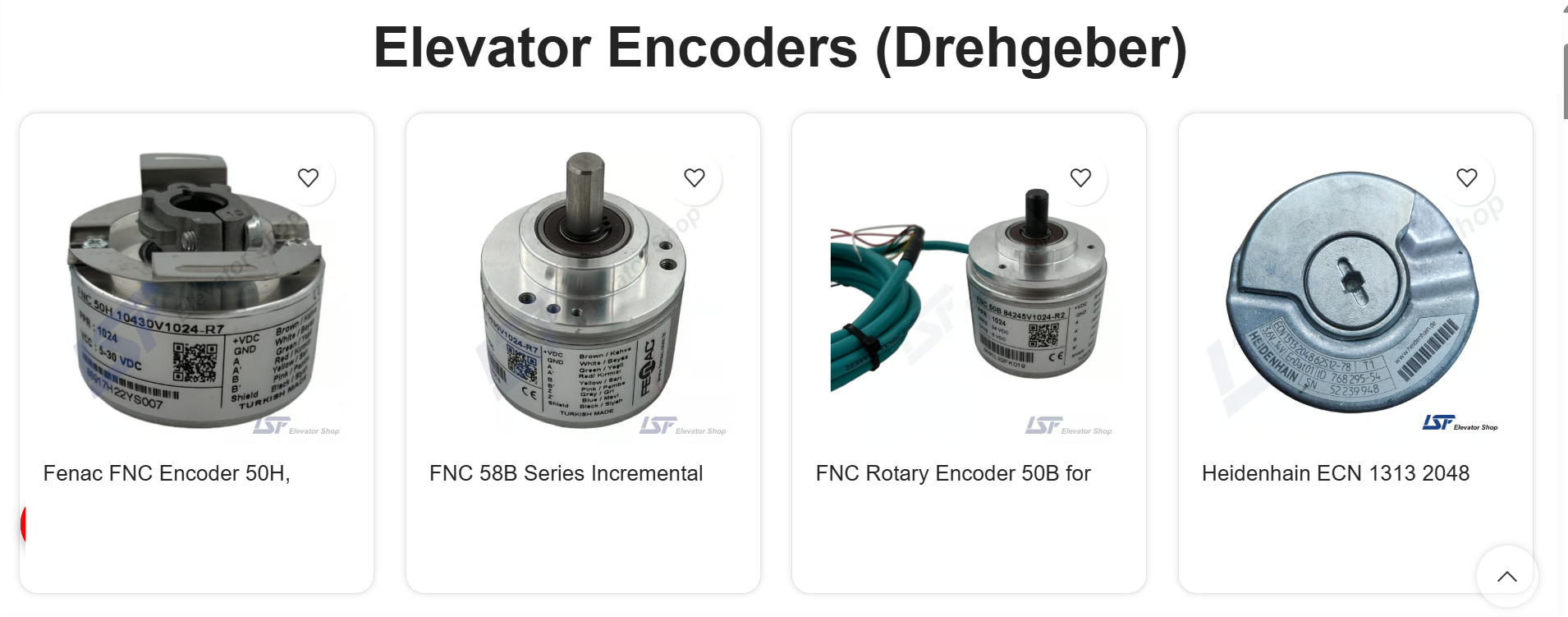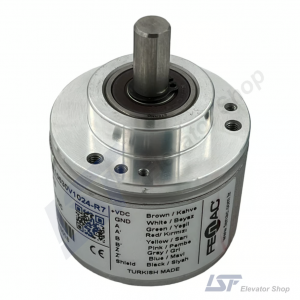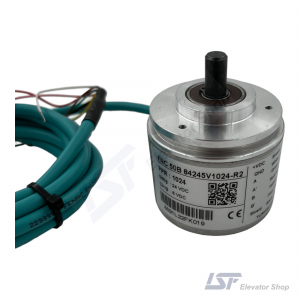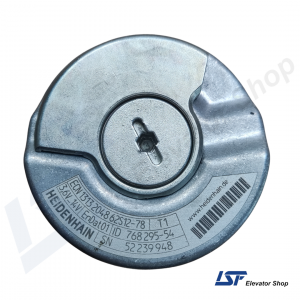Blog
What is an Elevator Encoder? A Comprehensive Guide to Its Critical Role in Lifts

Elevators are an indispensable part of modern buildings, relying on complex technology to ensure a safe and comfortable journey. At the heart of this technology is a vital but often unseen component: Elevator encoders. But what exactly do these small devices do, and why are they so crucial for the smooth operation of a lift? In this comprehensive guide, we will explore what elevator encoders are, how they work, and their key functions within an elevator system.
 Encoders constantly monitor the rotational speed of the elevator motor shaft, allowing the control system to adjust the motor’s speed accordingly. This ensures smooth acceleration and deceleration throughout the journey, providing passengers with a comfortable, jolt-free ride. High-resolution encoders are often preferred for achieving precise motor control.
Encoders constantly monitor the rotational speed of the elevator motor shaft, allowing the control system to adjust the motor’s speed accordingly. This ensures smooth acceleration and deceleration throughout the journey, providing passengers with a comfortable, jolt-free ride. High-resolution encoders are often preferred for achieving precise motor control.
2. Door Control and Passenger Safety
Elevator doors can pose a risk if they malfunction. Encoders attached to the door motor precisely control the speed and position of the doors. When an obstruction is detected while the doors are opening or closing, feedback from the encoder allows the doors to stop or reverse direction instantly to prevent accidents.
3. Shaft Positioning and Floor Leveling
One of the most crucial functions of an elevator is stopping the car precisely at each floor level. Encoders continuously monitor the car’s position within the shaft. This ensures there is no gap or height difference between the floor and the elevator car when it stops, which is vital for safe passenger entry and exit. Encoders also contribute to safety by allowing the system to make quick adjustments for door alignment.
What is an Elevator Encoder?
Simply put, an elevator encoder is a sensor that translates an elevator’s mechanical movement into digital signals that the control system can read. These rotary sensors provide real-time data on the elevator’s position, speed, and acceleration. This information is critical for ensuring the elevator car stops precisely at each floor, providing safe and comfortable travel, and enhancing door safety features. Encoders help the control system manage the elevator’s speed and provide diagnostic data for maintenance.How Encoders Work in an Elevator
An elevator encoder is typically attached to the elevator’s traction machine or motor shaft. Its working principle can be summarized as follows:- Conversion: A rotary encoder has a disk with a pattern of holes or codes inside it. As the motor shaft turns, the disk rotates with it.
- Sensing: A photoelectricity detector reads the disk as it rotates, generating a series of pulses.
- Signal Transmission: These pulses are converted into electrical signals and sent via an encoder cable to the elevator’s control system, such as a PLC or a frequency converter.
- Data Interpretation: The control system counts these pulses to determine the elevator’s distance, speed, and direction.
The Critical Role of Encoders in Elevators
Encoders are used to manage three primary functions of a lift: motor control, door control, and shaft positioning.1. Motor Control and a Comfortable Ride
 Encoders constantly monitor the rotational speed of the elevator motor shaft, allowing the control system to adjust the motor’s speed accordingly. This ensures smooth acceleration and deceleration throughout the journey, providing passengers with a comfortable, jolt-free ride. High-resolution encoders are often preferred for achieving precise motor control.
Encoders constantly monitor the rotational speed of the elevator motor shaft, allowing the control system to adjust the motor’s speed accordingly. This ensures smooth acceleration and deceleration throughout the journey, providing passengers with a comfortable, jolt-free ride. High-resolution encoders are often preferred for achieving precise motor control.
- Related Product: High-resolution and durable encoders like the FNC 58B Series are ideal for main motor control.
2. Door Control and Passenger Safety
Elevator doors can pose a risk if they malfunction. Encoders attached to the door motor precisely control the speed and position of the doors. When an obstruction is detected while the doors are opening or closing, feedback from the encoder allows the doors to stop or reverse direction instantly to prevent accidents.
- Related Product: With its compact size, the FNC Rotary Encoder 50B is an excellent choice for door control applications.
3. Shaft Positioning and Floor Leveling
One of the most crucial functions of an elevator is stopping the car precisely at each floor level. Encoders continuously monitor the car’s position within the shaft. This ensures there is no gap or height difference between the floor and the elevator car when it stops, which is vital for safe passenger entry and exit. Encoders also contribute to safety by allowing the system to make quick adjustments for door alignment.
- Related Product: Absolute encoders are frequently chosen for shaft positioning, as they retain position information even after a power outage. Products like the Heidenhain ECN 1313 offer superior performance in this area.

